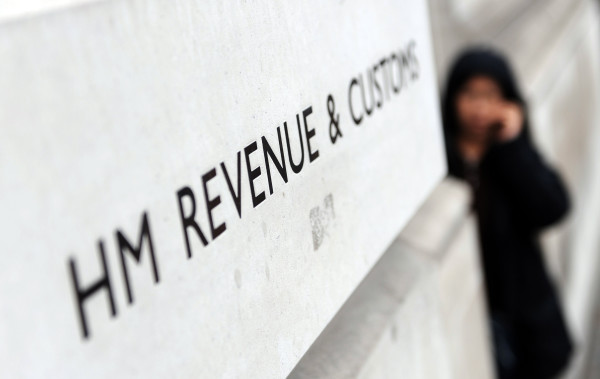That meant that the date of acquisition was 2 October 2006, when contracts were exchanged, not 5 January 2010, when completion took place.
This would mean Mr Higgins enjoyed relief from CGT as to only part of the gain he made on the apartment.
The decision
The Court of Appeal found for Mr Higgins allowing his appeal from the Upper Tribunal.
The ordinary meaning of "period of ownership" applied in both section 222 and 223 TCGA 1992.
A period of ownership of a dwelling house will ordinarily be said to begin on the date the purchase of the dwelling house has been physically and legally completed and the purchaser has the right to occupy.
Section 28 TCGA is directed toward the time of acquisition and disposal under a contract.
It did not dictate the conclusion whether someone who has done no more than contract to purchase a property has relevant “ownership” in the context of the availability of PPR.
The practice of the Revenue not to select for enquiry, cases where a delay between exchange and completion creates a small liability to tax could not detract from the “inherent implausibility” of Parliament having intended the PPR provisions to have a meaning which does not provide complete relief from CGT in the “typical case of an individual or couple buying or occupying a property as their only home”.
Mr Higgins' "period of ownership" of 4.24 for the purpose of section 223 TCGA did not begin until his purchase was completed.
This meant that the apartment was his main residence "throughout the period of ownership" and no CGT can be payable.
Conclusion
To qualify for PPR, the property, "a dwelling house", together with garden or grounds of up to half a hectare (or such larger area as may be required for the reasonable enjoyment of the residence) must have been occupied by the taxpayer during his ownership (or at some stage during his ownership) as his only or main residence subject only to permitted periods of absence.
HMRC estimate the cost of this relief to be £26.5bn.
Of course, this does not represent the yield, if this exemption were to be abolished.
Consequential behavioural effects would substantially reduce yield but it is a hefty sum and where there is abuse it must be curtailed.
One of the perceived objections to the PPR rules has been the practice of PPR flipping.
Owners of multiple residences, a Miss Doolittle, say, who bought her City apartment next to that of Mr Higgins, where she lives Monday to Friday and has a house in Dorset that she occupies on weekends and holidays.











